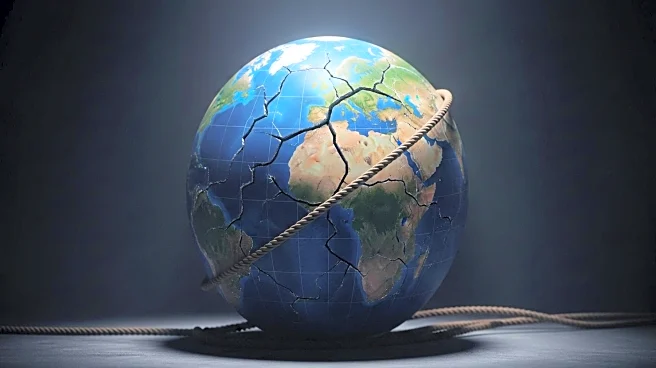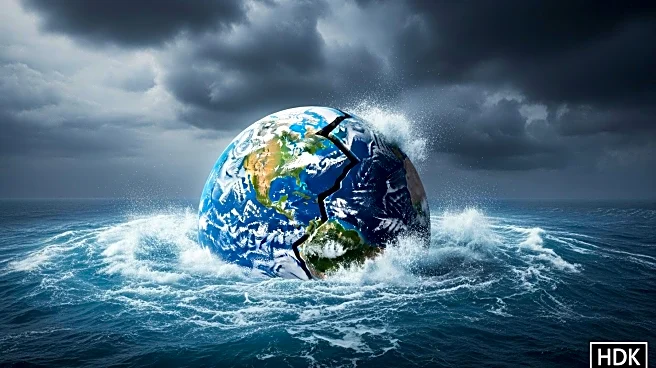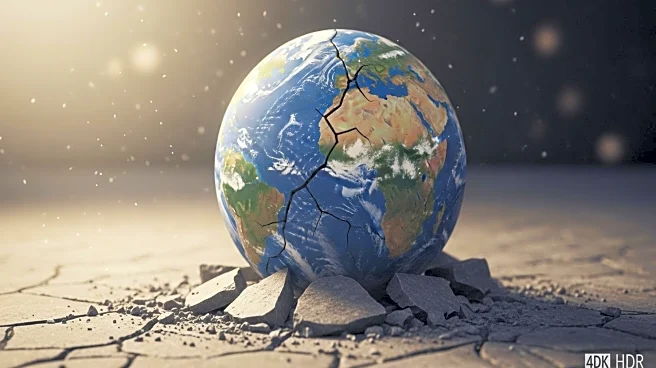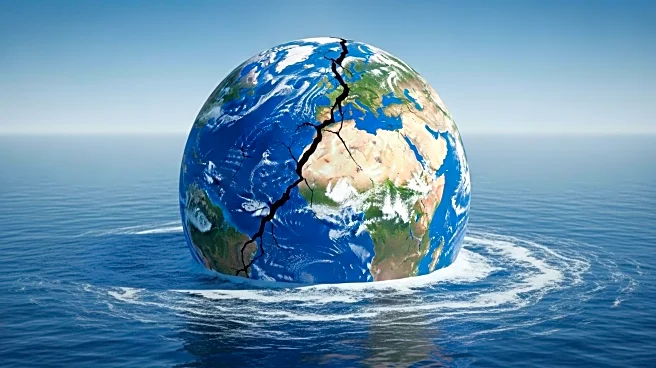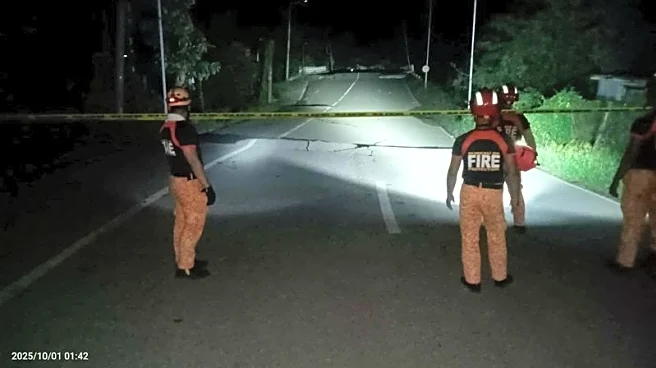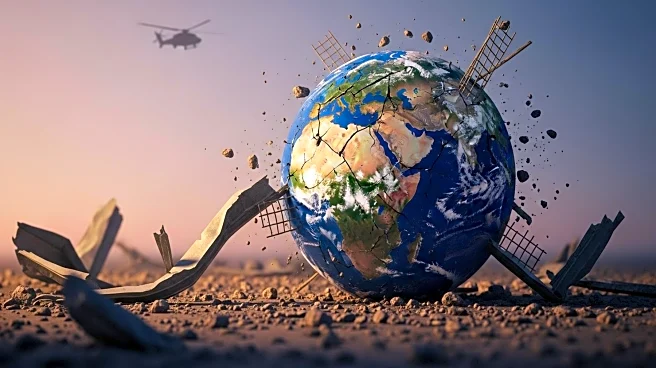What's Happening?
A powerful 6.9-magnitude earthquake has resulted in at least 69 deaths in the central Philippines. The earthquake struck near Cebu Island, causing significant structural damage and power outages. Rescue teams are actively searching for survivors, with the Philippine Coast Guard and other agencies providing medical and logistical support. The earthquake is one of the most severe in recent history, with numerous aftershocks complicating rescue efforts.
Why It's Important?
The earthquake underscores the Philippines' vulnerability to natural disasters, given its location on the Pacific 'Ring of Fire.' The event has critical implications for public safety, infrastructure resilience, and emergency response capabilities. The government's ability to effectively manage the crisis will be crucial in minimizing further casualties and aiding recovery. The disaster also highlights the need for improved disaster preparedness and infrastructure resilience in the region.
What's Next?
Ongoing rescue and relief operations are focused on providing immediate assistance to affected communities, restoring power, and ensuring access to essential services. Authorities are assessing the damage and coordinating with local and national agencies to deliver aid efficiently. The region remains on alert for potential aftershocks, which could hinder recovery efforts. Long-term recovery plans will likely involve strengthening infrastructure and enhancing disaster response strategies.


